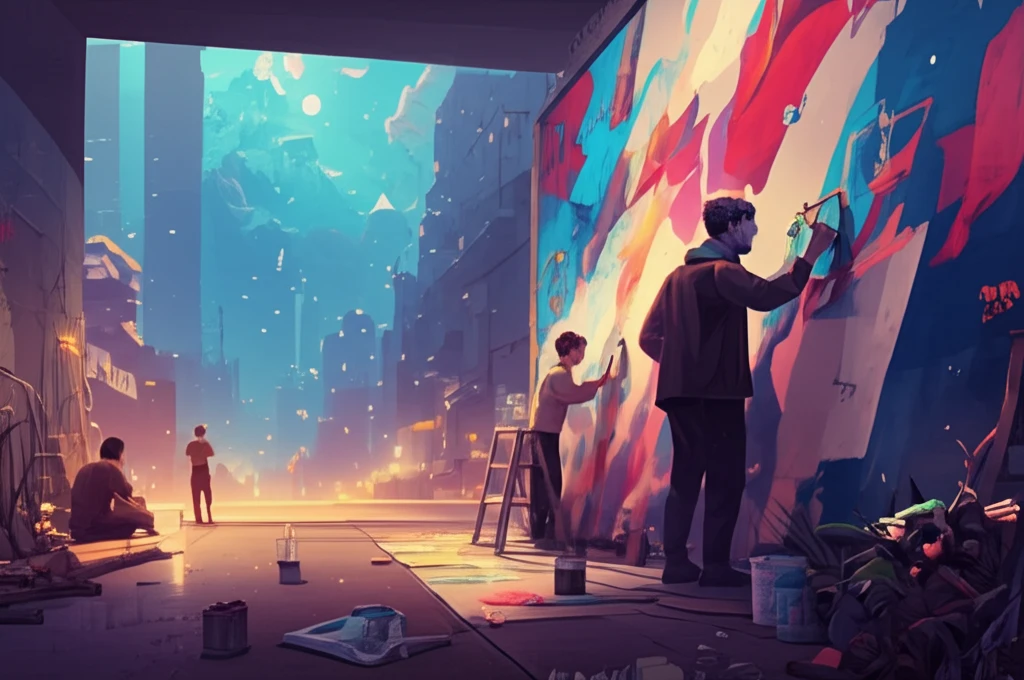
Urban Art as a Force for Change: How Socially Engaged Art is Redefining City Spaces
"Discover how socially engaged art transforms urban landscapes, sparks dialogue, and fosters community resilience. Uncover the art that's reshaping our cities and challenging the status quo."
In an era defined by rapid urbanization and complex social challenges, the role of art in shaping our cities is more critical than ever. Socially engaged art has emerged as a powerful tool for intervening in social and material processes, fostering urban imaginaries that challenge the status quo and open up new possibilities for city-making.
Socially engaged art is not merely about aesthetics; it's about actively involving communities in the creative process, addressing pressing social issues, and transforming public spaces into platforms for dialogue and change. This approach recognizes that art can be a catalyst for reimagining our relationships with the urban environment and with each other.
This article explores the political potential of socially engaged art within urban settings, grounded in critical urban theory. We will examine how this art form expands our understanding of the connection between the material environment and the production of urban imaginaries, and how it opens up productive ways of thinking about and engaging with urban space.
Unveiling the Transformative Power: What Makes Socially Engaged Art a Game-Changer?

Socially engaged art operates on the premise that art can be a catalyst for social change. It challenges traditional notions of art as a passive object of contemplation and instead emphasizes its role as an active agent in shaping urban life. By engaging directly with communities and addressing real-world issues, this art form seeks to empower individuals and foster collective action.
- Reconfiguring Urban Space: Socially engaged art challenges the existing spatial order, prompting critical questions about how cities are organized and who benefits from their design.
- Rethinking Norms: By questioning what is taken for granted, this art form encourages a re-articulation of dominant urban narratives and 'givens,' fostering a more inclusive and equitable understanding of community.
- Reframing Experience: Socially engaged art facilitates transformative experiences that move beyond the limits of the present, empowering participants to envision and act on alternative possibilities for being.
The Future of Urban Art: Embracing Contradiction and Fostering Change
As urban areas continue to evolve, socially engaged art will undoubtedly play an increasingly vital role in shaping their trajectory. By embracing contradiction, challenging norms, and fostering critical dialogue, this art form empowers communities to reimagine their cities and create a more just, equitable, and sustainable future for all. It's not just about making art; it's about making change.
